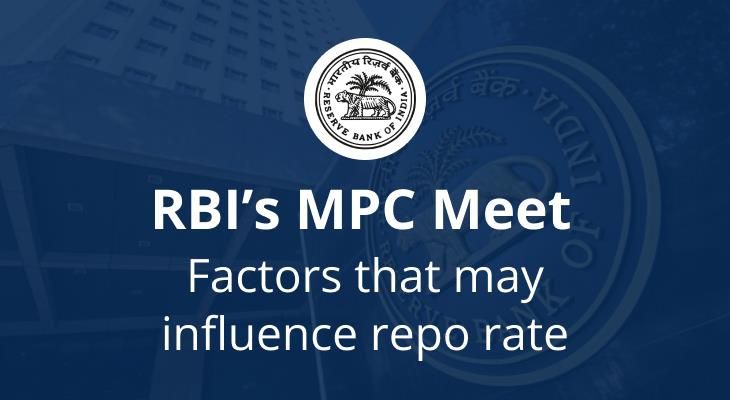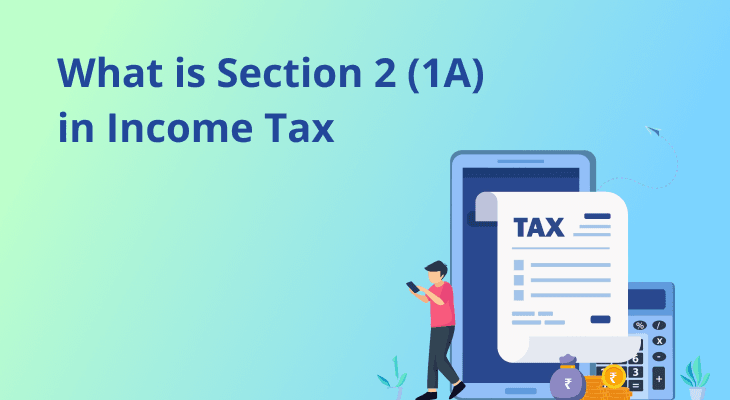
Table of content
Types of ITR forms available to Indian taxpayers
From visa applications to bank loans and beyond, the Income Tax Return (ITR) plays a vital role in various aspects of financial life. While its uses may be diverse, its primary significance lies in taxation. This article explores the meaning of ITR, the types of ITR forms available and the steps to file an ITR online.
What is ITR?
An ITR is a form that taxpayers must submit to the IT Department. This vital document contains details about the taxpayer’s income and corresponding taxes. The applicability of a specific form depends on factors such as the taxpayer’s category, source and nature of income, and total income amount.
The IT department has introduced seven types of ITR forms to cater to different taxpayer profiles. Before delving into these forms, it is essential to understand the categories of taxpayers and the sources of income under the IT Act, 1961.
Categories of taxpayers under the IT Act
- Individual
- Hindu Undivided Family (HUF)
- Firm, including partnership firms or Limited Liability Partnerships (LLP)
- Company
- Association of Persons (AOP) or Body of Individuals (BOI)
- Local Authority
- Artificial Juridical Person (AJP) (not covered under any of the above-mentioned categories)
Sources of income under the IT Act
- Income from salary
- Income from house property
- Income from capital gains
- Income from profits and gains from business or profession
- Income from other sources
Understanding the types of ITR forms available
Here are the seven types of ITR forms available to taxpayers:
ITR-1 or SAHAJ
This form is for resident individuals whose total income is up to ₹50 lakh from any of the sources:
- Income from salary or pension
- Income from one house property
- Income from other sources
- Agricultural income up to ₹5,000
ITR-1 cannot be used if:
- Your total income exceeds ₹50 lakh
- Your agricultural income exceeds ₹5,000
- You are a director in a company
- You held unlisted equity shares at any time during the previous year
- You have any asset located outside India (including financial interest in any entity)
- You have a signing authority in any account located outside India
- You have income from any source outside India
- Tax has been deducted under Section 194N in your case
- Payment or deduction of tax has been deferred on the Employee Stock Ownership Plan (ESOP) in your case
- Your brought forward loss or loss to be carried forward under any head of income
ITR-2
This form is applicable to individuals (not eligible for ITR-1) and HUFs without income under the head ‘profits and gains from business or profession
ITR-3
This form is applicable to individuals (not eligible for ITR-1) and HUFs without income under the head ‘profits and gains from business or profession’.
This form is applicable to individuals and HUFs who:
- Have income under the head ‘profits and gains from business or profession’
- Are not eligible for filing ITR-1, ITR-2 or ITR-4
ITR-4 (SUGAM)
This form is applicable to individuals, HUFs and firms (other than LLPs) who are residents and whose total income includes:
- Income from salary or pension up to ₹50 lakh
- Income from one house property up to ₹50 lakh
- Income from other sources up to ₹50 lakh
- Agricultural income up to ₹5,000
- Income from business or profession computed on a presumptive basis under Sections 44AD/44ADA/44AE
ITR-5
This form is applicable to:
- LLPs
- AOPs
- BOIs
- AJPs
- Estate of deceased
- Estate of insolvent
- Business trusts
- Investment funds
ITR-6
This form is applicable to companies that are not claiming exemption under Section 11. It must be filed electronically only.
Section 11 provides an exemption from tax on income from any property held and used entirely for charitable or religious purposes within India.ITR 7
This form is applicable to companies that are not claiming exemption under Section 11. It must be filed electronically only.
Section 11 provides an exemption from tax on income from any property held and used entirely for charitable or religious purposes within India.
This form is applicable to persons, including companies, who are required to furnish returns under the following sections, subject to certain conditions:
- Section 139 (4A): Applicable to religious and charitable trusts
- Section 139(4B): Applicable to political parties
- Section 139(4C): Applicable to specific institutions such as research associations and news agencies
- Section 139(4D): Applicable to universities, colleges and other specified institutions
- Section 139 (4E): Applicable to business trusts
- Section 139 (4F): Applicable to investment funds referred to in Section 115UB


